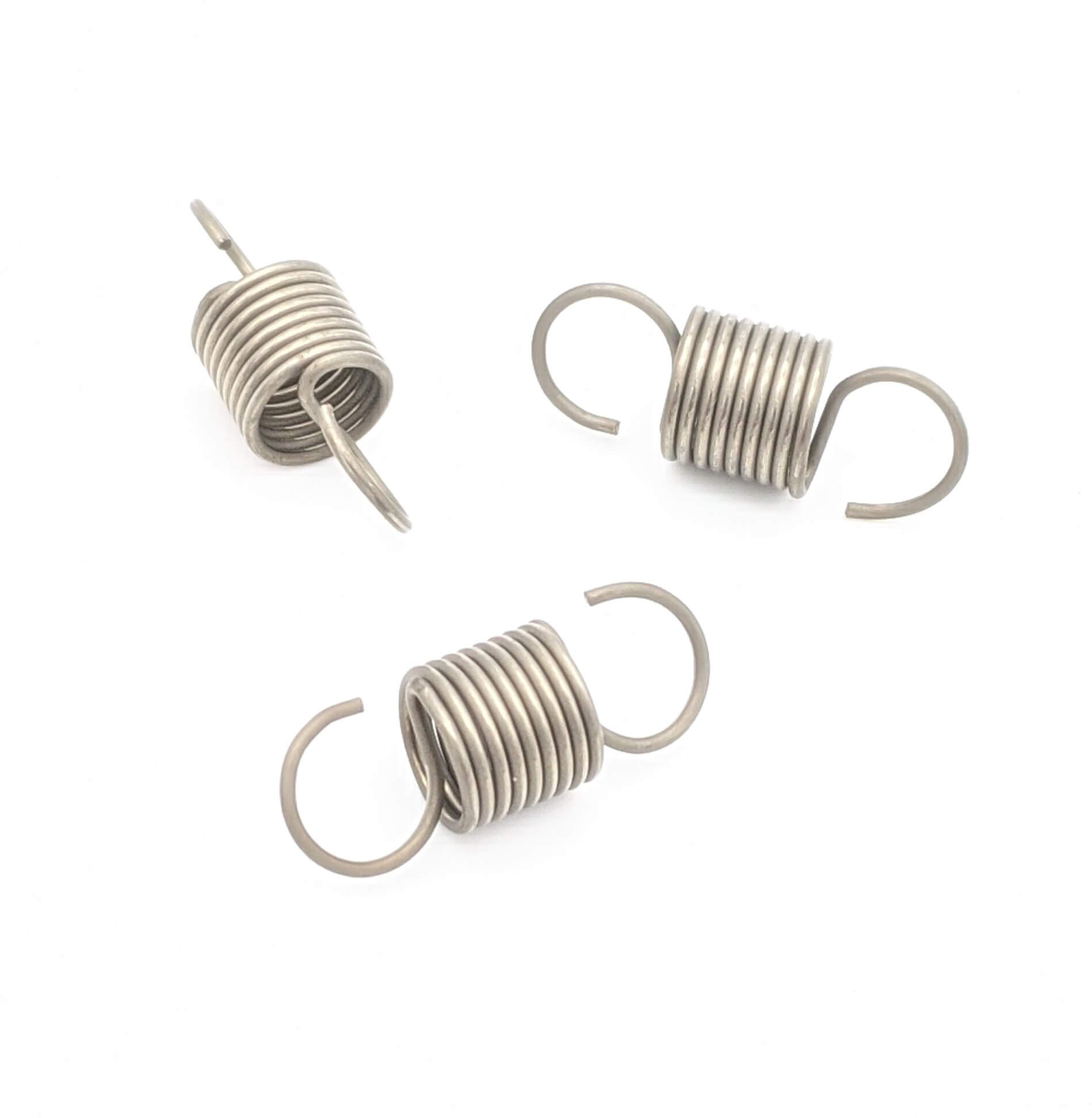Get unique, complex parts easily. No matter your requirements, Chaoyi Spring creates hard-to-produce coil springs and wire forms.
Let us help you create the custom wire form you need, from S-hooks and J-hooks to utility hooks and more.
We work closely with customers across a wide range of industries, helping them design and manufacture made-to-order parts.
Why choose Chaoyi Spring? We prioritize customer-focused collaboration, modern equipment and the latest technology to make your parts per print.
Find the information and guidance you need, from measuring a spring to learning about materials, placing an order and much more.
Tension springs, also known as extension springs, are essential components in various mechanical systems. They are designed to exert a force when stretched, making them crucial for applications such as


Tension springs, also known as extension springs, are essential components in various mechanical systems. They are designed to exert a force when stretched, making them crucial for applications such as door closers, garage door openers, and various other industrial and consumer products. Selecting the right tension spring size is critical for optimal performance and longevity. This comprehensive guide provides an in-depth understanding of tension spring size charts, their importance, and how to choose the perfect spring for your needs.

Tension spring size charts are invaluable tools for engineers and designers, providing essential information about the physical dimensions and characteristics of different tension springs. These charts typically include details such as:
By carefully analyzing these parameters, you can select the appropriate tension spring for your specific application.
Choosing the right tension spring size is crucial for several reasons:
Selecting the right tension spring size involves considering various factors:
To effectively use tension spring size charts, follow these steps:
Tension spring size charts are essential tools for selecting the right spring for your application. Understanding their use and considering the factors discussed in this guide will ensure optimal performance, durability, safety, and efficiency. By carefully evaluating your needs and consulting the appropriate tension spring size charts, you can confidently choose the perfect spring for your project.
Remember, selecting the right tension spring size is crucial for the success of your project. By understanding the importance of using size charts, carefully considering your application's specific needs, and following the tips provided, you can ensure a smooth and reliable operation, maximizing the performance and longevity of your mechanical system.
Browse some of the custom wire forms and springs that we manufacture. Don’t see what you need? We specialize in made-to-order products that meet your application requirements.
Visit Our GalleryNeed a custom wire form or coil spring? We make it work. Fill out the contact form and a representative will respond within 1 business day. If you have a PDF or CAD file, you can submit to request a quote.